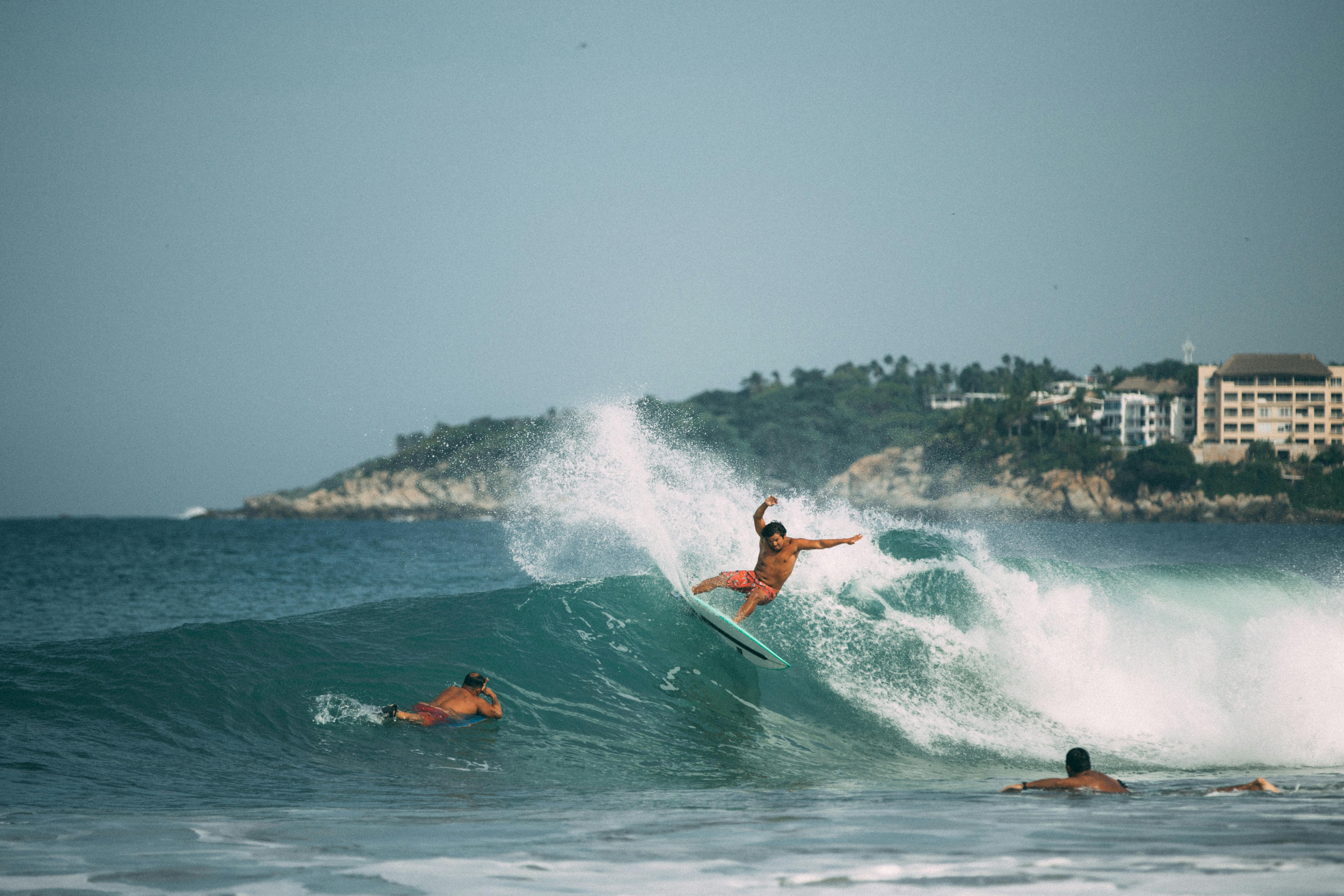You are considering investing in a solar hot water system and naturally want to know if the costs end there or if part of your existing hot water system needs to be replaced. These are the questions that we have been asked the most.
Will I still need my fossil fuel boiler?
A solar system will typically provide 50-70% of your hot water per year. This goes from 95% in summer to 10-20% in winter. Your existing boiler will provide the rest. Solar systems can be used effectively with gas or oil boilers, Agas, Rayburns, solid fuel boilers and many combination boilers.
Do I need to replace my existing hot water cylinder?
Replacing your existing cylinder with a specially designed efficient dual coil solar cylinder will result in the most efficient system and is therefore recommended. However, a lower cost option is to use a solar “retrofit” coil, which can be installed in place of the immersion heater in your existing cylinder. This will reduce the initial outlay and if necessary the system can be upgraded by replacing the cylinder some time later. Another option is the use of an external heat exchanger (Willis Solasyphon). This can be used with pressurized and non-pressurized tanks.
Do I need a bigger cylinder?
In many cases it is recommended to increase the size of the hot water storage tank by approximately 25% due to the higher position of the boiler coil in a solar storage tank. Since in winter, when the solar contribution is less, part of the water below the boiler coil will not always be heated.
How can I connect solar panels to my existing combination boiler?
Any solar hot water system requires a tank somewhere in the system to store the large amounts of heat generated. When connected to a mixed boiler, a tank (called a “thermal tank”) is placed upstream of the mixed boiler, so that the water entering the mixed boiler is preheated. For all but the most recent “solar-ready” combis, a mixing valve needs to be installed to limit the water temperature at the combi inlet to about 40-45 degrees centigrade. This prevents the combi from cycling. During most of the summer the combi can be turned off completely and the temperature of the mixing valve can be increased to approximately 60 degrees centigrade.
I am getting a new boiler now and would like to add solar later. What do you recommend?
Get a conventional condensing boiler (not a combi) and a dual coil solar water cylinder. A dual coil cylinder has one heating coil that is connected to your boiler and the other (bottom one) connects to the solar panel. Non-vented (mains pressure) cylinders provide better water pressure for showers etc., but cylinders are more expensive as they have to withstand high pressure. If you already have a vented cylinder (with a header tank), you may want to simply replace it with a vented dual coil cylinder. A solar dual coil cylinder is not much more expensive than a single coil cylinder and gives you the option of adding the solar panel very easily at a later stage. So since you plan on adding solar power at a later stage, you definitely want to make sure you get the right cylinder now.
Does the solar water heating system contribute to central heating?
In most installations the system is designed for water heating. This reduces the load on the central heating boiler and the improved insulation of the new cylinder makes the conventional water heating system more efficient. Towel rails can be added to the system. However, winter space heating is not a recommended application because energy demand is at its peak (eg, long, cold winter evenings) when solar power supply is at its lowest.
CONCLUSION
When installing a solar thermal system, upgrading all or part of an existing hot water system will inevitably come down to cost. Do you want or need a bigger cylinder? Is there room? Are there any components that need to be replaced anyway? Hopefully, you’ll find some answers here to guide you.
